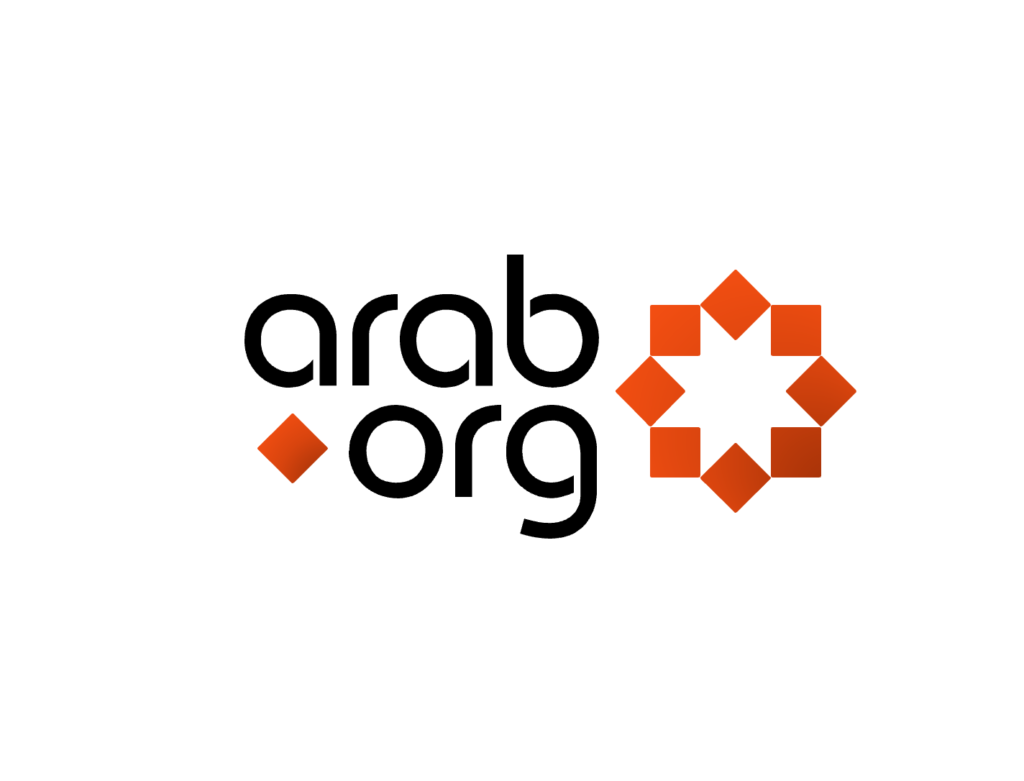This year, Hajj is set to take place from the evening of Friday, June 14, to the evening of Wednesday, June 19.
As one of the Five Pillars of Islam, Hajj is a sacred pilgrimage to Mecca in Saudi Arabia, which every Muslim must undertake at least once in their lifetime.
Each year, millions of Muslims from around the world embark on this significant spiritual journey to cleanse their sins, come closer to Allah, and experience the unity of the Muslim community.
The command to perform Hajj is found in the Holy Quran, where Allah states:
“You will enter the Sacred Masjid, God willing, perfectly secure, and you will cut your hair or shorten it (as you fulfil the pilgrimage rituals) there. You will not have any fear. Since He knew what you did not know, He has coupled this with an immediate victory.” (Quran 48:27)
After completing the Hajj pilgrimage to Mecca, a Muslim man earns the honorific title Haji. The female equivalent of this title is Hajiya.
Transformations in Hajj attendance and application systems
The Hajj pilgrimage attracts millions of Muslims yearly, demonstrating their devotion and unity.
Historical attendance figures highlight the scale of this event. In 1999, the participation exceeded 1.8 million pilgrims. By 2009, the number surged to over 2.3 million. And by 2012, an astounding 3.1 million Muslims undertook the sacred journey of Hajj.
Previously, pilgrims from these regions were selected through a lottery system. However, this system was scrapped in 2023.
The Saudi Ministry of Hajj and Umrah launched Nusuk, a comprehensive platform to facilitate a smooth and comfortable Hajj journey.
Available to applicants from 57 countries, Nusuk offers various packages and payment options, simplifying the process of planning and undertaking the pilgrimage.
By streamlining the application process and promoting timely applications, Nusuk aims to ensure a fair and efficient system for all prospective pilgrims.
Historical evolution of the Hajj
The Islamic Hajj, established by the Prophet Muhammad around 632 CE, reformed the existing pilgrimage traditions of the pagan Arabs, aligning them with Islamic teachings.
According to Islamic tradition, the Hajj traces its origins back thousands of years to the time of Abraham, who, following God’s command, built the Kaaba — the most sacred site in Islam.
One key ritual of Hajj involves pilgrims walking repeatedly around this cubic structure.
In medieval times, pilgrims would gather in cities such as Basra, Damascus, and Cairo, joining large caravans for the journey to Mecca. Some travelled from distant lands by sea.
The Sultans of the Ottoman Empire supported these pilgrims by appointing the Amir al-Hajj, or “Commander of the Hajj,” to organise and lead the caravans.
The advent of commercial air travel in the 1940s further transformed the dynamics of Hajj. Flying became a faster, cheaper, and safer alternative to steamship travel, making the pilgrimage more accessible to Muslims worldwide.
Cultural impact of the Hajj
Throughout its history, the Hajj has had a profound influence on literature and art.
Pilgrims have been inspired to create guides and artistic depictions of the holy sites and rituals.
For example, the minimalist painting Alexander the Great Visits the Ka’bah from a folio of Firdowsi’s Shahnamah illustrates the influence of the Hajj pilgrimage.
This work, inspired by Arabic translations of the highly fictionalised Greek Alexander romance, depicts Alexander the Great as the Qur’anic prophet Dhu’l-Qarnayn (‘he of the two horns’), who is portrayed with a mission to promote the monotheistic religion of Abraham.
In addition, History of Architecture & Archaeology Senior Lecturer Simon O’Meara‘s book, The Ka’ba Orientations: Readings in Islam’s Ancient House, explores the significance of the Kaaba.
The book addresses questions like: What is the Kaaba, and why is it pivotal to the Islamic world? Why do pilgrims circumambulate it rather than enter it? Why is this hollow structure covered in black silk?
Eid al-Adha: Celebrating sacrifice after the Hajj
After completing the Hajj pilgrimage, Muslims worldwide come together to celebrate Eid al-Adha, a four-day festival that begins with the sighting of the new crescent moon.
Eid al-Adha honours Prophet Ibrahim’s devotion to Allah and his willingness to sacrifice his son, Ismail. When Ibrahim prepared to make the sacrifice, Allah intervened, substituting Ismail with a ram.
This test demonstrated Ibrahim’s obedience to Allah’s command, giving rise to the festival’s name, which translates to the “festival of sacrifice.”
During Eid al-Adha, people commemorate this act by sacrificing animals, known as Qurbani.
Through this annual tradition, Muslims reaffirm their commitment to obeying Allah’s will and submitting to His guidance wholeheartedly.
Eid celebrations beyond traditional sacrifice
The majority of Islamic scholars consider the sacrifice during Eid al-Adha not obligatory but strongly recommended, following the tradition of the Prophet Muhammad.
This view is also supported by Abu Bakr and Umar Ibn Al-Khattab, the first two rightly guided caliphs.
It is mentioned in the Sunan of Bayhaqi, a hadith compilation, that Hudhayfa Bin Usayd (the reported messenger of Allah) witnessed Abu Bakr and Umar refraining from performing Qurbani to prevent people from feeling obligated to do so.
For individuals who cannot partake in Qurbani, such as vegans, there are alternative ways to fulfil the spirit of the occasion.
The Middle East Vegan Society told The New Arab, “Some choose to contribute money, time, and effort to assist the needy, aligning with Islamic values and obligations.”
Organisations like the Middle East Vegan Society advocate for such practices, celebrating Eid al-Adha with heightened awareness and consideration for the environment, enriching the essence of this significant holiday.
Zainab Mehdi is The New Arab’s Associate Editor and researcher specialising in governance, development, and conflict in the Middle East and North Africa region
Follow her on Twitter: @zaiamehdi.


